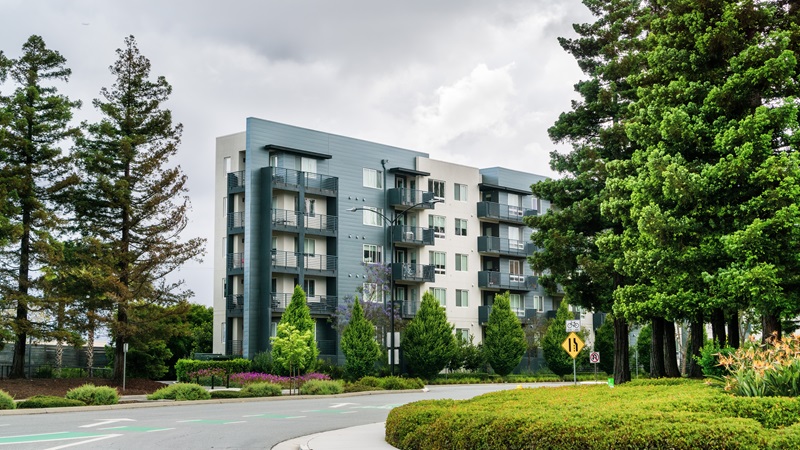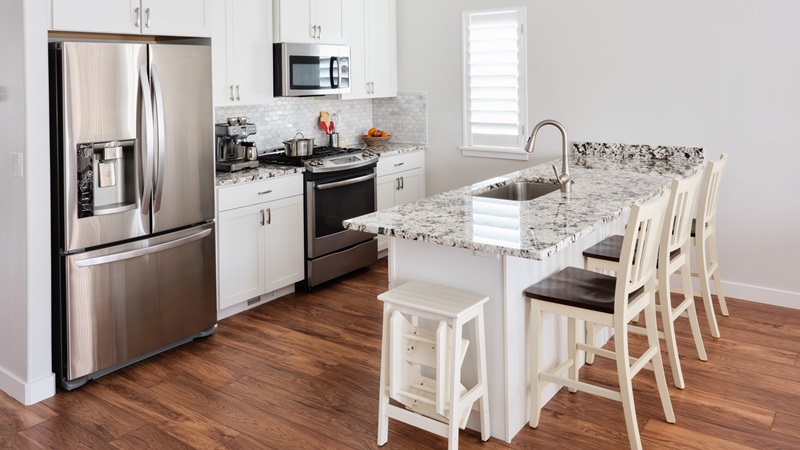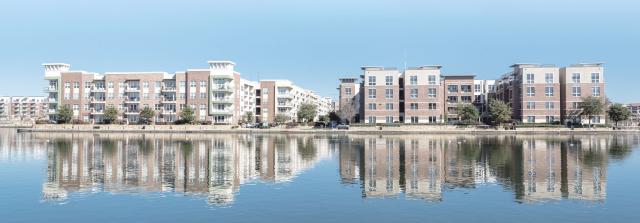
Your property description is a key element of your online listing. But not all descriptions are equally successful. Find out how to write a multifamily property description that will attract and convert more renters.
Why property descriptions matter
An effective description can draw in potential residents. Through relevant keywords, it helps renters come across your listing in their search. And when these renters browse through your listing and read your property description, it can show off your property and increase renters’ interest.
But it’s not just about boosting your appeal. A property description also informs prospective residents. It gives your prospects an accurate understanding of what your community and units are like. This is key, because it helps match you with the renters who are interested in what you’re offering. This can improve your lead quality and build consumer trust.
How to improve your property descriptions
So, what can you do to start writing better descriptions? Make sure your descriptions follow these five essential guidelines.
1. Show what makes your property unique

Why should a renter choose your property and not the one down the street? Spell out what makes your community unique. This can include your location, amenities, and even the materials within your units.
Maybe your community has a rooftop deck or an onsite dog park. Or perhaps you offer monthly resident events to foster a sense of belonging among your residents. It could be that your property is the newest one in town, with brand-new units built this year. Whatever it is that sets your community apart, call it out in your property description.
Don’t forget to include relevant keywords. Does your property have a focus on sustainable living? Or maybe you offer a pickleball court onsite? Include common search terms so that renters interested in these features will easily find your community. Weave these terms into your description in a natural-sounding way so that your description appeals to humans, too — not just search engines.
2. Be specific

Ever heard the advice to “show, not tell”? It applies here, too. Don’t just pack your description with positive terms. Instead, use concrete examples to make your case.
For example, don’t tell renters that you offer “great amenities” and a “convenient location.” Help them see the value of your amenities and location by giving them details.
Are your kitchens equipped with stainless-steel appliances and lots of prep space? Maybe your dog-friendly community offers washing and grooming stations for four-legged residents. These specifics will help renters understand if your amenities match their own needs.
Similarly, what makes your property’s location so convenient? Offer details. Is it near a main highway for commuters? Perhaps you’re within walking distance of several key bus stops or train stations. Or you could be next to a popular shopping and dining district.
Check your listing for empty phrases like “modern living,” “luxury lifestyle,” “top-notch amenities,” “limitless possibilities,” “effortless lifestyle,” “like nothing else,” and “ideal location.” These terms might sound good at first glance, but they lack substance. Instead, explain what it is that makes your community modern, luxurious, or top-notch. This is more useful to renters — and more compelling.
3. Give accurate information

Even as you highlight your property’s pluses, keep the details accurate. Look out for incorrect or inconsistent details.
For example, if your website describes a community of studios and one-bedroom units, but the description on your listing says you have two- and three-bedroom units, renters might not be sure what to believe.
Make sure your claims are supported by the facts. Don’t say you’re a short walk from the nearest train station if it’s actually a short drive but a 40-minute walk. If your apartments are modest and small, avoid describing them as “spacious luxury apartments.”
And keep your information up to date. If your community pool is out of service for the next six months, don’t mention it in your description (or your listing). Did the trendy café next door go out of business last year? Mention a different neighborhood amenity in your description. And keep an eye out for references to COVID-era policies that may no longer be in effect.
If renters see mistaken or misleading information, they’re less likely to trust you and may pass over your property for the next one on their list.
4. Be professional

Your property description is part of your digital curb appeal. To present a polished, professional look, use appropriate case and punctuation. Remember when you need apostrophes and when you don’t. Avoid using all caps for emphasis, and don’t end every sentence in an exclamation point (or three!).
Check your copy for typos, spelling errors, and grammar mistakes — or run it by a colleague for a fresh set of eyes before publishing.
And remember to stay compliant with the Fair Housing Act, which prevents discrimination of protected groups. For example, describing your local neighborhood in racial or ethnic terms is prohibited. Restrictions on families with children are also discriminatory.
5. Use a conversational tone

Think of your description as the beginning of a positive conversation with your future residents. You want to remain professional but friendly.
To build a connection with your future residents, write in second person (“you”) rather than third person (“residents”) or first person (“we”). This makes your writing easier to read, and it helps renters start to think of themselves as your future residents. Popular contractions like “you’ll” for “you will” can also help you create a friendlier tone.
Use simple, everyday words. This isn’t the place for technical terms, confusing acronyms, or industry jargon, like “lease-up,” “BTR,” or “pre-leasing.”
And finally, read your description out loud to hear how it sounds. This is a good way to catch complicated words and too-long sentences.
It’s not just property descriptions

Once you’ve polished your property descriptions, consider your next steps.
Do you have custom descriptions for individual units? Unit-specific descriptions are a great way to show renters what’s special about each available apartment, from the individual floor plan and view to the materials and amenities within the unit.
In fact, 55 percent of renters want to see unit-specific descriptions, according to a recent renter survey by Apartments.com.
This type of unit-specific detail can help renters narrow down their short list before they give you a call — saving you time wasted on low-quality leads and delivering renters who are more likely to sign a lease.
Explore more resources
Check out these tips for improving your leads:







